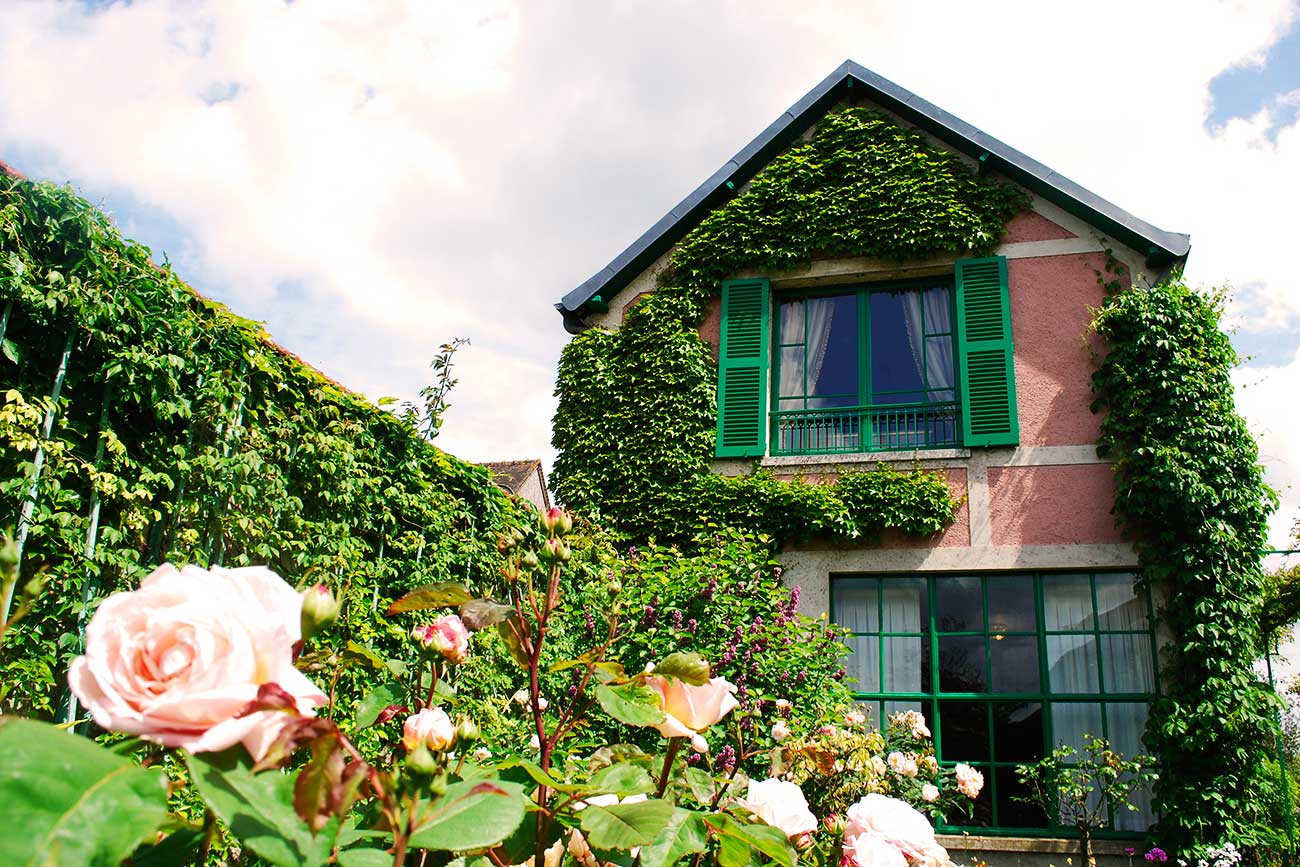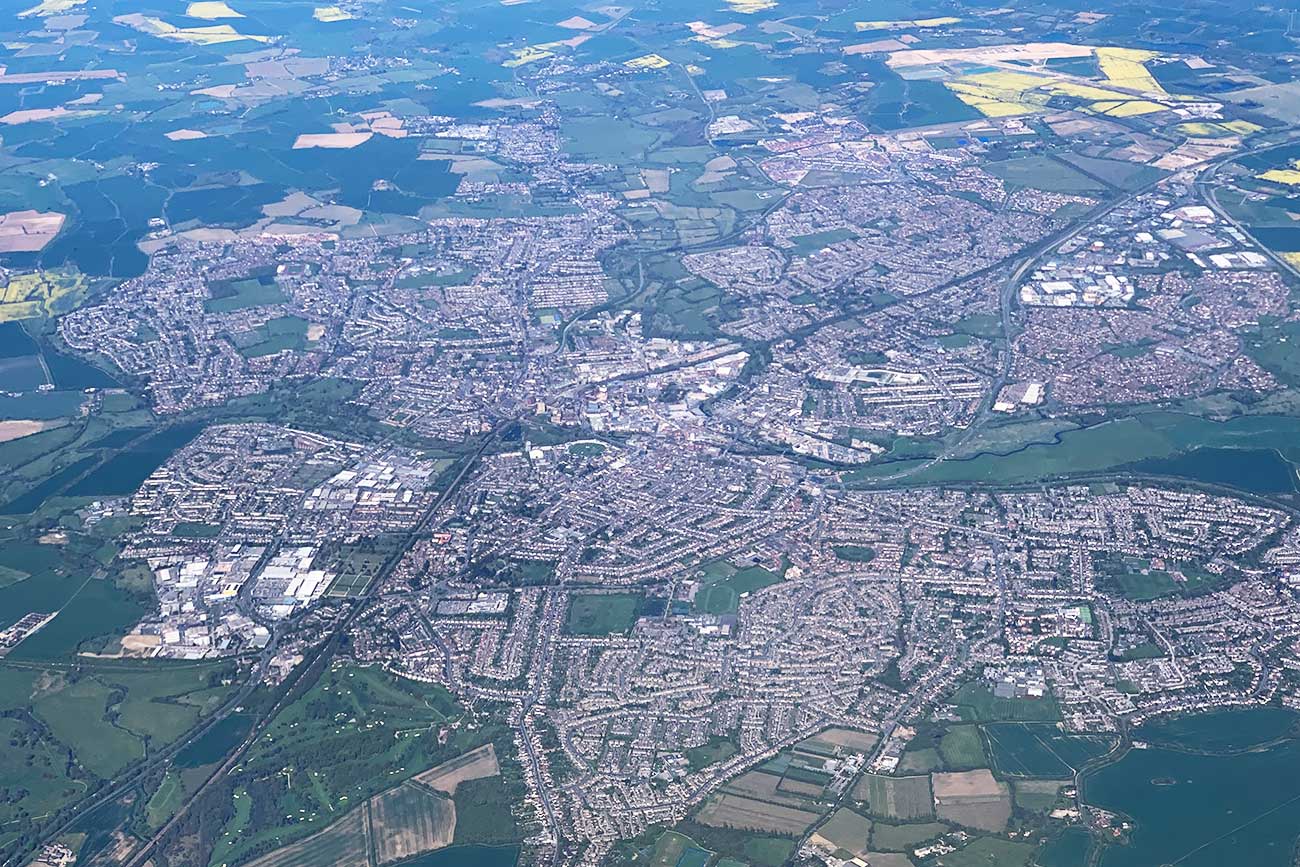There’s a good reason why the word “Monet” elicits an admiring sigh from all art lovers. After all, a Monet is an incomparable and irreplaceable work of art. Claude Monet, the famous French Impressionist, had a unique vision and an even more unique way of expressing that vision on canvas.
But perhaps even more admirable than looking at the finished work of art is visiting the place that inspired the mind of its creator, the cradle of Monet’s artworks. I’m referring to the quaint Giverny home that Claude Monet called his own. It is said that Monet rented the home plus 2 acres of surrounding land from a landowner, and there he established his family’s very own nest.
This property was a fairly “normal” one until Monet began landscaping. When he finished, the property included everything from residential quarters to lily ponds and Japanese bridges, the latter of which were the subjects of his most famous paintings.
A taste of the artist’s mind
Monet’s unique vision extended not just to his brushstrokes and palettes, but also to his home. The artist lived here for a long time, from 1883 to 1926. During these years, the house evolved in various ways, each change helmed by Monet himself. In fact, visiting today, one can still see his touch on almost everything.
The house was not just a single structure, but a collection of small buildings that have been expanded over time. The “House of the Cider Press” (named after the nearby apple press), for example, was lengthened on both sides until it extended to its current length of 40 meters. A separate barn was used as Monet’s first studio and connected to the main residence through a wooden floor and a set of stairs. While technically a “studio”, it was mostly used by Monet to store his paintings since he had a penchant for working in the open air.
Monet also built his own apartment above the studio! This little outhouse was a large bedroom and bathroom that allowed the artist to work and sleep in a single space.
Monet’s Family Life
Another interesting thing on showcase here is how the home adapted to Monet’s family life. This section of the house seemed to be more utilitarian than anything else, and aesthetics took a backseat to the needs of the growing family.
Such is evident, for example, in the easily noticeable expansions to the house. The central house on the original structure had narrower windows than the wide and sweeping openings of the extension. One end had a kitchen fit for 10 people (the size of his family by then) and several guests. The Monet family was pretty well-off, and it showed in the dimensions of the house.
The children’s bedrooms were directly above the kitchens. These rooms were occupied by the four stepdaughters of Monet, while his sons and step-sons occupied the attic.
The artist’s touch remained in the colors of the house. The green shutters and pink walls were deliberately chosen to stand out from the common gray of the times. The view from the windows was adorned with climbing roses and other beautiful creeping plants. The impressionist wanted his house to be the same color as the garden, hidden in its beauty. If it were not for the stark contrast between the natural and artificial, he would have succeeded.
Perhaps one of the most interesting sections of the house is the sitting room, which is covered from top to bottom with a cool shade of blue. This was where Monet’s wife sat and bonded with the children. Blue was everywhere — on the walls, furniture, pillows, and more. The only exception was the floor, which was covered in brownish-orange cement tile which was all the rage in Monet’s days. The room also showcases the Japanese woodblocks that Monet collected over the years. It is said that their simple but intricate designs inspired his artistry, so he displayed them around the house.
In stark contrast with the colorful sitting room, the pantry looked almost like a typical pantry of those days. The most unique thing here were the two egg boxes hanging from the ceiling, which together could store more than 100 eggs! Monet and his family had plenty of chickens in the yard, supplying them with constant breakfast fare.
The pantry also contained traces of the Japanese style, with its bamboo-inspired furniture design. It’s also noticeable how many locks there are, one for every drawer. Despite the relative opulence of the household, it was evident that food was very valuable here.
Monet’s home is a very interesting peek into the mind and the life of the prolific impressionist. Almost everything here was owned by the Monet family (except the reproductions of his work that hang in the smoking room) making the whole home a large and very engaging museum.
If you’re the least bit interested in Monet or impressionism, a tour through this home is a must. The Giverny home is open from 9:30 AM to 6:00 PM. You can book tickets online. Students and disabled persons have special discounts, while children under 7 years may enter free of charge.
This tour is easily reachable via a day tour from Paris, and there are also lodgings you can book here! Some tours come bundled with a trip to the Palace of Versailles, which is also a great tourist spot. There’s no reason not to take this detour through Monet’s mind and home.





















